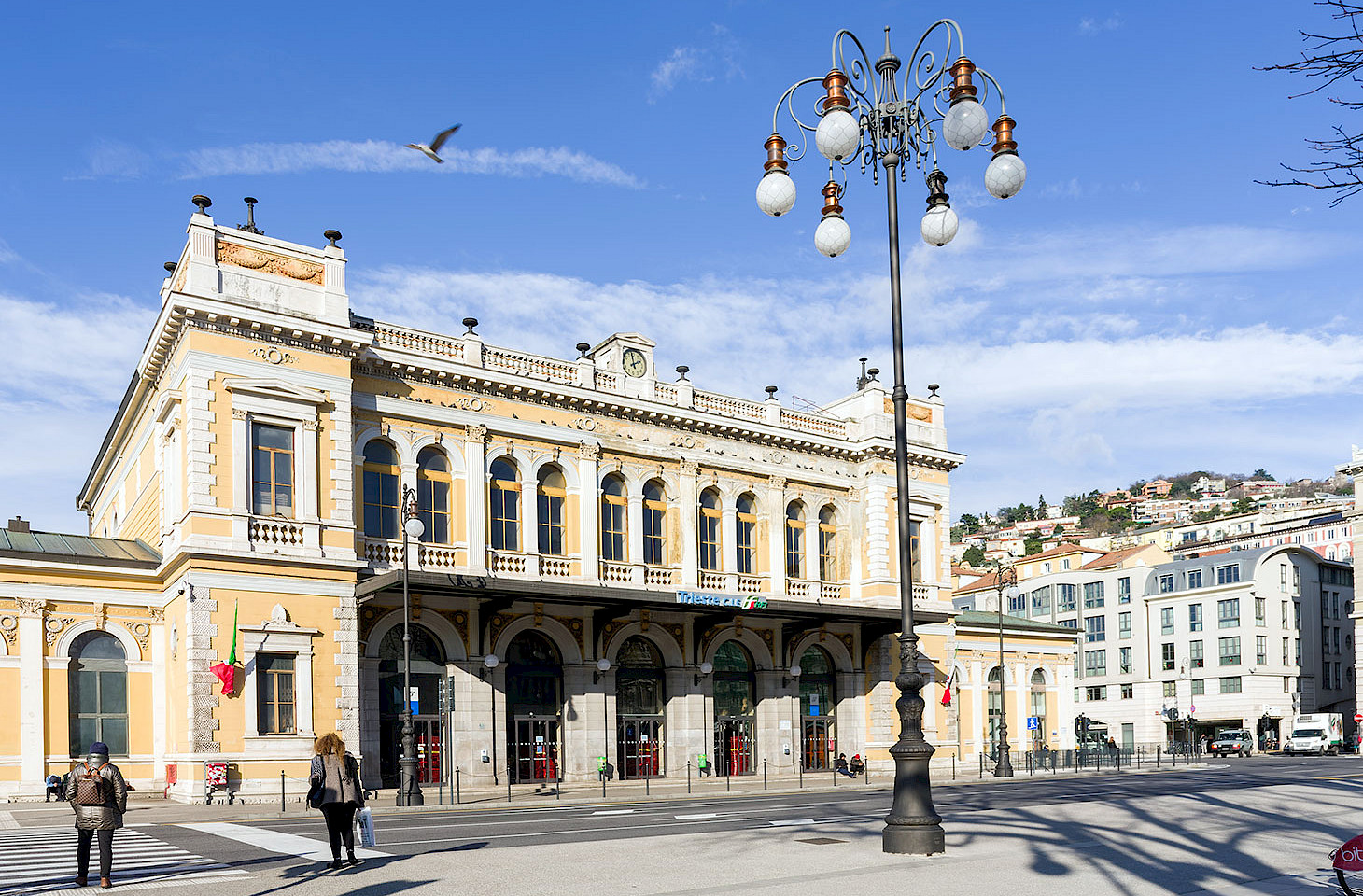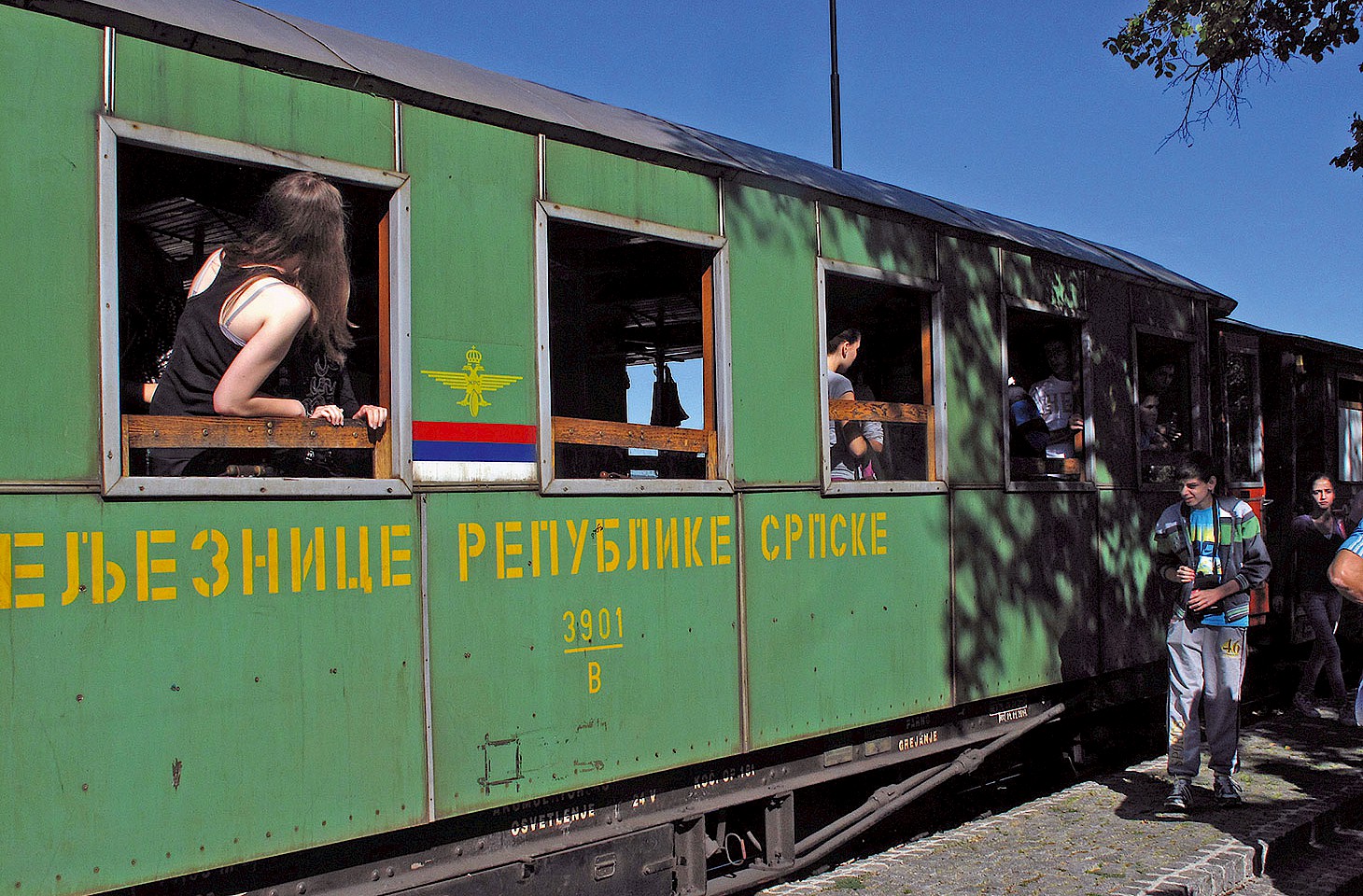We slipped into Storlien, crossing the border without formality, and stepping off the train from Norway onto a wet railway platform. We were the only passengers on the train to this outpost in the hills. With the mountains all around shrouded in mist, Storlien seemed like the most forlorn spot on earth. Within a few minutes, the red train which had brought us up from the Norwegian village of Hell, had set off back to Norway, slipping back down Teveldalen and following the fast flowing waters of the Størdalselva down towards the coast.
Not all arrivals in Storlien are so low-key. This scattered community in the hills happens to have royal connections, for it is to Storlien that the Swedish royal family repair each Easter to enjoy snow and seclusion. The latter is not guaranteed for with the royals come the paparazzi. But on a midweek day in late September, there are no crowds on the railway platform and the streets of Storlien are deserted.
Storlien is one of those places which in the last century figured more prominently than now in the mental maps of rail travellers. It was one of those important routing points for passengers making international journeys, like Vallorbe, Ventimiglia and Cerbère, respectively on France’s borders with Switzerland, Italy and Spain. Cast back half a century, and the very first Interrailers tumbled onto the night train from Stockholm and slept in seats and corridors. Some slumbered right through to Storlien, where the train had a 20-minute stop just after ten in the morning before crossing the border into Norway.
The through trains from Stockholm via Storlien into Norway are long gone. Anyone travelling to Trondheim on this route — the second most northerly rail crossing between the two countries, — must now change trains in Storlien.
This community on one of Europe’s open borders cuts a dash on account of its royal residence, which is in truth a modest wooden dwelling of a kind that many Swedes might have as a second home in the hills. But there is more: Storlien is the starting point for a longdistance hiking trail that runs south to Sälen, broadly parallel to the Norwegian frontier for much of its 360-km length.




